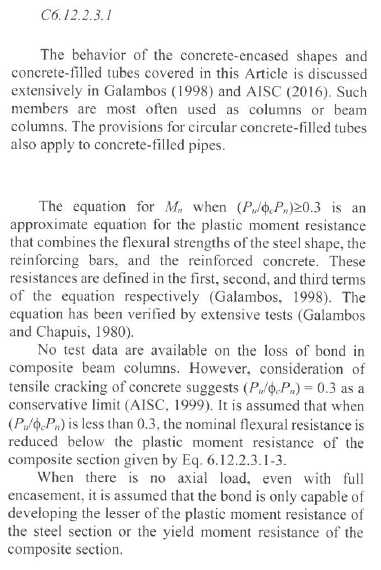structeng24
Structural
Hello,
I'm looking at a rail slab bridge (concrete slab with steel rails near the bottom of slab), and I'm determining how to consider the contribution of the steel rails near the bottom of slab. I do not have details of any mechanical anchorage of the rails in the slab, so I would need to consider only the bond strength between steel rails and concrete. AASHTO MBE says that encased I sections can be considered composite at Service LS. I'm considering a check with an allowable bond stress to ensure that the capacity of the steel rails would be developed at the point where needed.
Does anyone have experience with this, or have any comments on this method?
Thanks,
I'm looking at a rail slab bridge (concrete slab with steel rails near the bottom of slab), and I'm determining how to consider the contribution of the steel rails near the bottom of slab. I do not have details of any mechanical anchorage of the rails in the slab, so I would need to consider only the bond strength between steel rails and concrete. AASHTO MBE says that encased I sections can be considered composite at Service LS. I'm considering a check with an allowable bond stress to ensure that the capacity of the steel rails would be developed at the point where needed.
Does anyone have experience with this, or have any comments on this method?
Thanks,

![[idea] [idea] [idea]](/data/assets/smilies/idea.gif)

